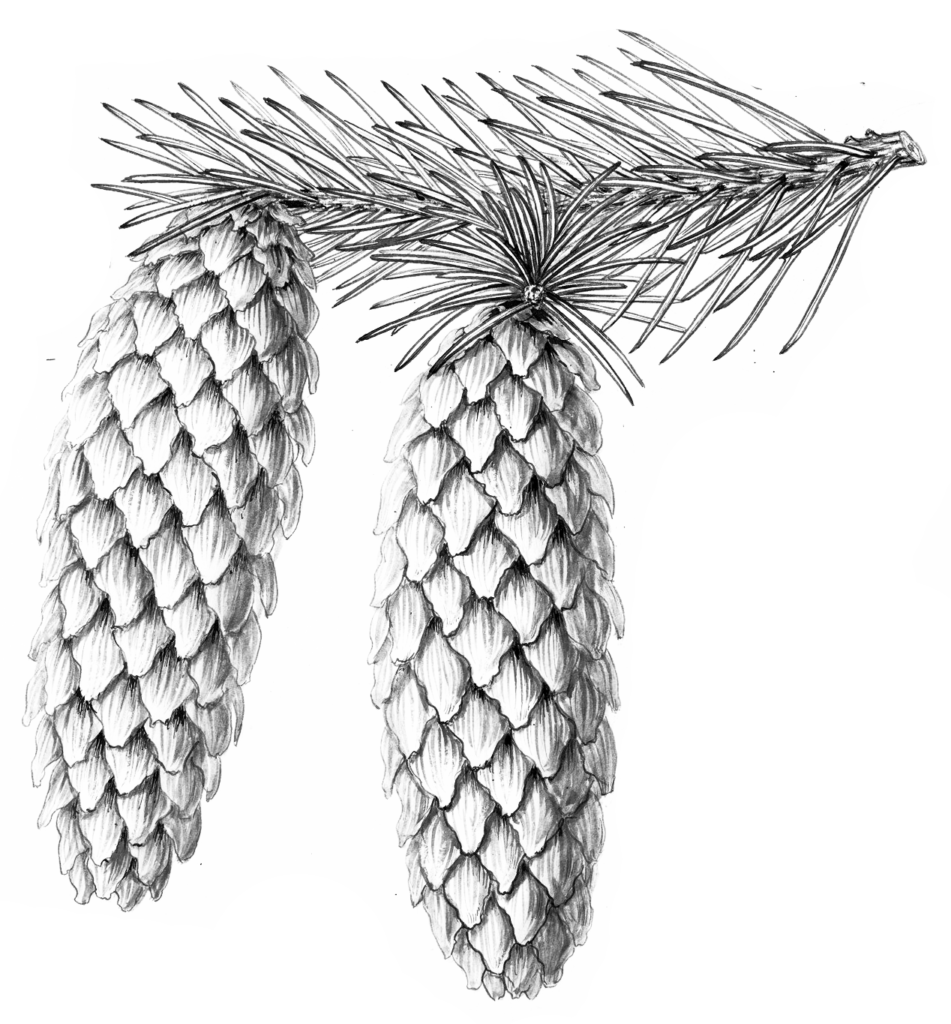Background
Fun Facts
About
The Conifer Collection is comprised of 561 gymnosperm taxa (kinds) representing 206 species, 31 genera, and 9 families. The main tract occupies twenty-four acres (10 hectares; excludes Hemlock Hill) and is arranged to facilitate the study of cone-bearing plants. Just like flowering plants, conifers form seeds. However, instead of being enclosed in fleshy fruits, the seeds of conifers are protected in cones. These seed cones are the female reproductive structures of conifers. Conifers also have pollen-bearing cones, which are the male reproductive structures. Male and female cones can occur on the same plant or on separate plants. Accurate identification of conifers requires an examination of the cones; however, leaf (needle) characteristics are also important clues to identification.
Resources:
Visit the American Conifer Society website
Find directions and accessibility information for this collection
Explore more conifers in the Gymnosperm Database









Featured Plants
Colorado Blue Spruce
This Colorado blue spruce, collected in 1874, shows a clear connection between the Arnold Arboretum and Asa Gray, a celebrated Harvard botanist. The tree is among the oldest plants of known wild origin growing at the Arnold Arboretum.
Golden Larch
This rare native of East Asia puts on a golden show each fall before losing its needles. This specimen came to the Arnold Arboretum by way of the nearby Hunnewell Estate Pinetum in Wellesley, Massachusetts.
1813 Plants in this Collection
| Plant ID | Accession Date | Received As | Origin | Source |
|---|---|---|---|---|
Featured Walk
Explorers Garden Tour
This quarter-mile tour through the Explorers Garden features stories from the Arboretum’s century and a half of collecting plants around the world. If you’re at the Arboretum, click here to take a version of this tour with Expeditions, our mobile web app.






